Getting Back to Baking!
And cooking too: Cape Breton oatcakes, oat origin stories, and Acadian chicken soup

After being away for almost four weeks and feasting constantly on other folks’ proffered bounty, I’m back in my familiar kitchen puttering around amid the usual jumble of pots and pans, bowls and mixers. I’d thought perhaps I wouldn’t remember how to cook, so spoiled had I become by the satisfying and mostly delicious fare I consumed during our travels in the northeastern U.S. and Canada (ICYMI, you can find my most recent posts here).

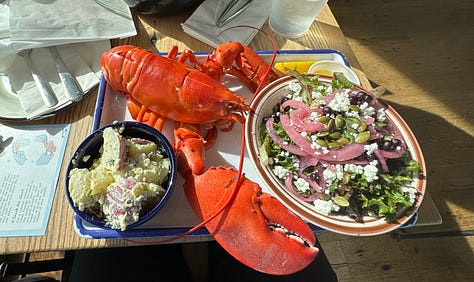
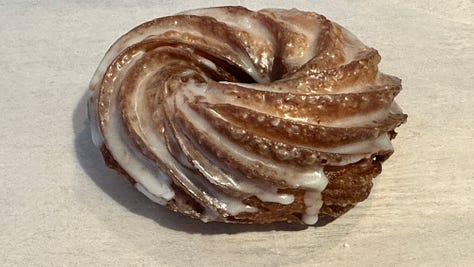
But of course the knowledge of how to cook is as ingrained as the stains in my favorite cookbooks and the seasoning on my aging cast-iron pans. The butter softens, the beaters turn, the sugar goes in, then eggs, flour, baking powder, salt, spices and voilà—muffins, cake, cookies, something sweet and timeless. Or the onions get chopped, the carrots and celery too, garlic and thyme, chicken broth and chicken, rice, noodles or beans—and here comes soup. Easy as falling off a log. Or following a recipe—or making one up, which you can usually do if you’ve been cooking for a half century or more like me—or with far few years at the stove, as I know from the many experienced and excellent recipe creators whose blogs I read on a regular basis here on Substack!
As for me, I came back inspired by some of the food I either sampled or heard about on our trip. One taste that stuck with me was that of the simple oatcakes we bought in the little town of Baddeck in Cape Breton, Nova Scotia. I mentioned them in an earlier post you can find here. Rectangular, barely sweet, with a flaky, coarse texture, they were perfect for nibbling on while driving the windy, scenic roads of Cape Breton.
I hoped to bring a few home, but the bakery was already closed when we passed by on our way out of town. When I got back to L.A., I looked up a recipe and found one that sounded right. It was as simple as the little cookies tasted, with only six ingredients—butter, flour, oats, baking powder, salt and sugar. It was your basic shortbread recipe, plus oats and baking powder, perhaps a little less butter—but oh so good, especially with tea or coffee.
There are several recipes online, but this one for Nova Scotia Oatcakes came out just right. The author, Kelly Neil, said that there were two types of oatcakes in Nova Scotia—soft and chewy and buttery and crisp, with this variety being the latter. In her headnotes, she said the cookies are Scottish in origin and particularly “prevalent on Cape Breton Island” because of its “high concentration of families with Scottish ancestry.”
The trickiest part is rolling the dough into a large rectangle, then cutting it into 12 smaller ones. Crumbly from the old-fashioned oats, it tends to pull apart, but it’s easy to pat back into shape. The directions didn’t call for chilling, so I didn’t, but I wondered if the dough might have benefited from a few minutes in the fridge. No matter: buttery and crisp the oatcakes were! And now they’re mostly gone! Variations with chocolate chips, chocolate-dipped, with dried fruit, spices or nuts, are possible, as are gluten-free and vegan alternatives. This version includes suggestions for all of these. And the cookies keep rather well—if you don’t gobble them all up!
A short history of oats and oatcakes
Samuel Johnson wrote a dictionary in 1755, in which he defined oats as: “A grain, which in England is generally given to horses, but in Scotland supports the people.” A Scottish man was said by Sir Walter Scott to have retorted, “Yes, and where else will you see such horses and such men?”1
Oats have been a staple of Scotland since the Romans unwittingly brought the grain with them in the 1st Century CE as feed for their horses.2 Then, as Johnson noted, it did become sustenance for humans too, not only in the form of cooked oats (or porridge, as the Scots call it) but also oatcakes, which in their primitive state were described in a recent BBC article as “part of (Scottish) folklore because of their nutritional value and portability.” Apparently soldiers carried loose oats and portable griddles into battle. The primitive ancestors of oatcakes that they mixed together from ingredients such as salt water or blood of their cattle and cooked over the fire helped fueled their victories—or so it was said.
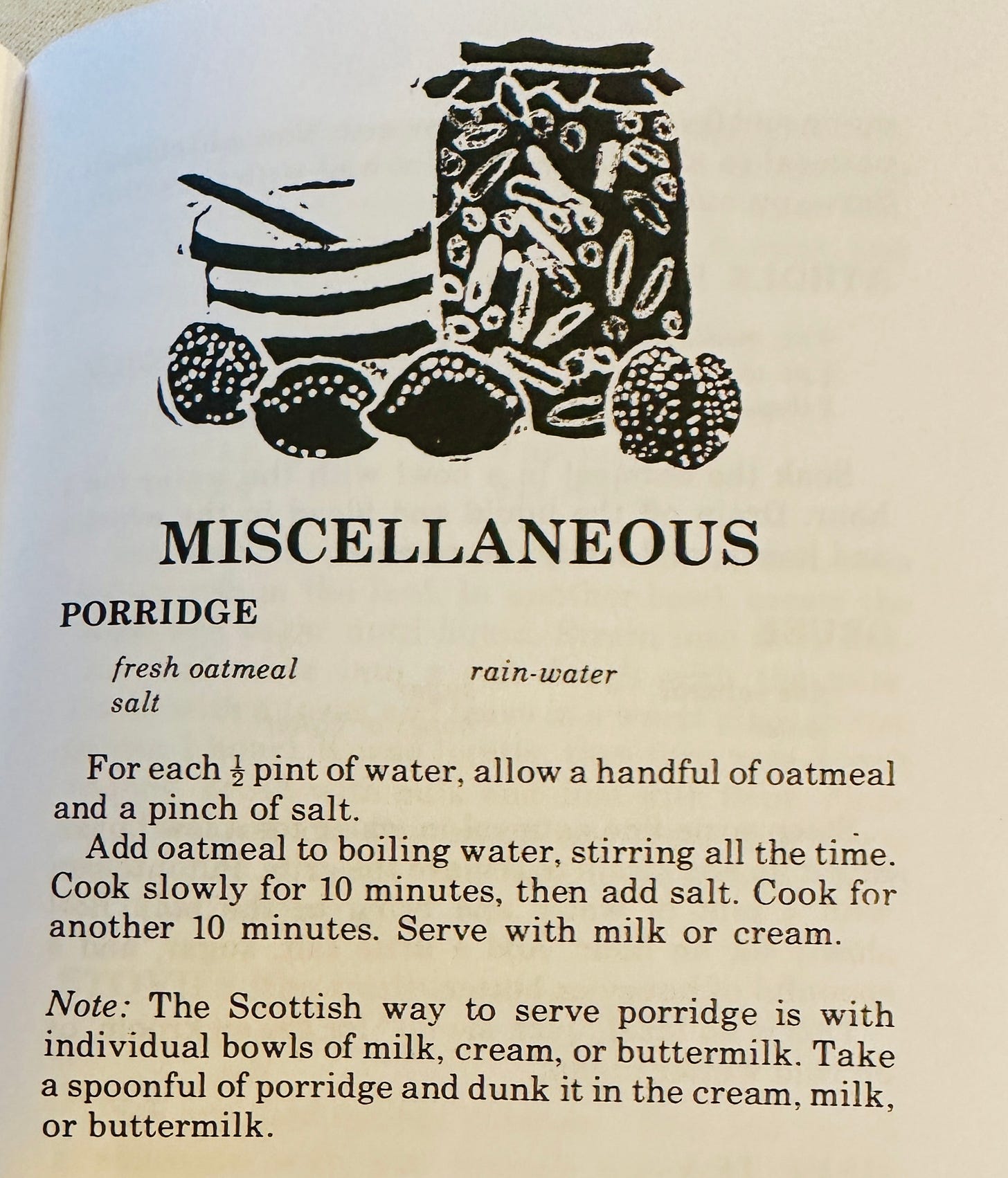
The grain and the traditions (though perhaps not those primitive griddles!) traveled across the Atlantic with the Scottish settlers to Nova Scotia and other parts of eastern Canada in the 18th and 19th centuries. Nova Scotia’s often cold and rainy climate apparently proved as hospitable for oats as Scotland’s, and oatcakes became a favorite there too, according to a piece on TastingTable.com. But by then these cakes had changed in character, becoming sweet instead of savory. These days the sweet versions are sold throughout the province. I didn’t come across any savory versions.
My mother the Scot
I was particularly interested in the connection between Nova Scotia and oats, especially as I recalled fondly the prevalence of “porridge” on our breakfast table when I was growing up and the omnipresent round Quaker Oats container with the smiling, black-hatted, white-haired gentleman on the front—presumably a good-natured Quaker.
My mother was a native Scot, born in Glasgow, Scotland, and proud of it—she even had a little kilt with the colors of the Gordon clan (predominantly blue and green, with stripes of black and yellow). Gordon was her maiden name, though her Jewish ancestors came from Lithuania and would never have been members of a fierce Highland clan. Still, she had a preference for Scottish fare, including porridge, liberally salted and served to her children with milk, brown sugar and raisins.
Chicken Fricot, a French Acadian dish
Another of the important early immigrant groups to Nova Scotia, in addition to the Scots and the Mi’kmaq (not immigrants but native to the area!), were the French. They came from France in the 17th century to colonize a territory then known as Acadie, which included Nova Scotia, New Brunswick, Prince Edward Island and parts of the state of Maine.3 They were famously (or infamously) expelled by the British in an action that became known as “Le Grand Dérangement,” or “Great Upheaval” that resulted in huge displacements, deportations and numerous Acadian deaths.

The history is fascinating and horrifying (click on links in the previous paragraph for more details), with many actions by the British against the French Acadians that will seem familiar to those who have witnessed recent and past examples of genocidal actions by governments aimed at wiping out identity, along with threats to their power. But meanwhile, French Acadian culture did survive in parts of Canada, including areas of Cape Breton that we visited.
Acadian cuisine is one legacy, along with the language, which Shannon Doucet describes as closer to the French of the early settlers of 400 years ago. Shannon, whom I met at the tourism office in Yarmouth, is bilingual and can trace her ancestors back to 1603. Some of those expelled ended up in Louisiana and were the ancestors of modern-day Cajuns. Shannon says she has very distant relatives in New Orleans.
As for the food, for the most part, Acadian French cuisine is “kind of bland,” Shannon said, with lots of potatoes and other root vegetables that grow well in the cold climate. Cajun food is far more spicy.
During our trek along the famed Cabot Trail (see my post here), I wandered into a cute little market that clearly catered to the French-speaking population, as many signs were in French as well as English. Several packages of spices caught my attention. One was labeled “Acadian Chicken Fricot” (“Fricot Acadian au Poulet”). The main ingredient seemed to be summer savory, which is grown in the area.
Also included was chicken broth, salt, onion, black pepper, celery seed and nutmeg—many of the components of poultry seasoning. I couldn’t help picking it up, along with a similar packet for Maritime Seafood Chowder Mix (“Mélange pour chaudrée de fruits de mer”). Once I was home, I decided to make the Chicken Fricot. It turned out to be similar to chicken and dumplings. I looked up a recipe for version that used a whole chicken as opposed to the package, which called for 2 to 3 chicken breasts. Here’s a link to the excellent recipe I used from the Food Network in Canada.
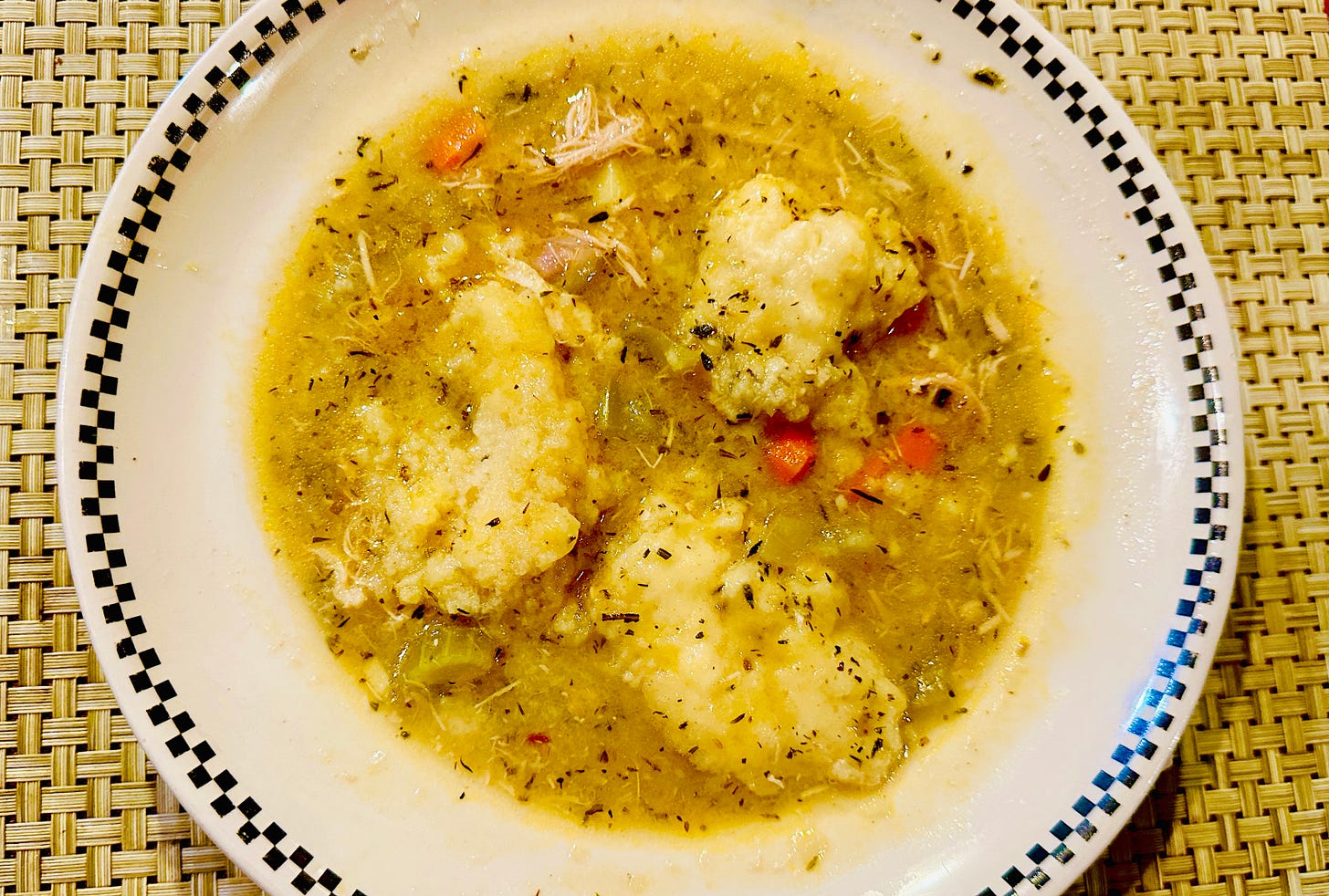
If you can’t find summer savory, I would suggest using sage or Herbs de Provence. The dumplings that go on top are quite lovely, but not necessary if you’re watching your carbs or gluten. Rice, pasta—or nothing at all—works just fine. The soup contains so many potatoes, it’s not in need of additional starch, but you could add other root vegetables if you like. It makes the most marvelous bowl of comfort on a chilly day—or even in Los Angeles where the weather can’t seem to make up its mind about whether to turn hot or cold, drizzly or dry.
Just wondering
With Thanksgiving but a few weeks away and Hanukkah and Christmas close on its heels (the former begins a scant two weeks after Turkey Day!), I wonder if you’re in serious planning mode, as I am. Are you hosting one or both of these events? If you’ll be a guest at someone else’s table, what will you be bringing? I’d be curious to know about food or drink, of course, but if you have a gift idea for the host or hosts, I’d also be pleased to hear it. I’m often stumped.
Also, I’m one of those rare birds that loves to make fruitcakes. I’ll be writing about that too in an upcoming post. Whether you love or loathe them, please weigh in if you haven’t already on my “Notes” post of the other day (or even if you have!).
I know I do go on a bit long—so my husband repeatedly reminds me. But if you made it to the end of this post—or even if you didn’t—thanks for your likes, comments and subscriptions. It makes all the difference to know you’re out there. Writing only for yourself is a bit lonely. Thanks again—and please do share this newsletter with a friend, and subscribe if you haven’t already.
Oh, yeah, and welcome back to Standard Time. Did you remember to turn your clocks back an hour? I hope you enjoyed that extra hour of sleep! But honestly, I wish we could just stick with one, unchanging time. It’s bad enough that it’s passing so fast!
See you next time—one hour later!
Ruth
Wikipedia: The Life of Samuel Johnson, LL.D.: Including a Journal of His Tour to the Hebrides. Volume 3 by James Boswell. New York: Derby & Jackson, 1858. Page 11.
BBC.com article: “How humble oats have fuelled a nation.”
Nova Scotia Archives: “Acadian Heartland: Records of the Deportation and Le Grand Dérangement, 1714-1768.”

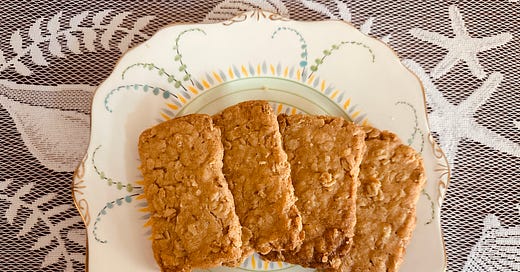

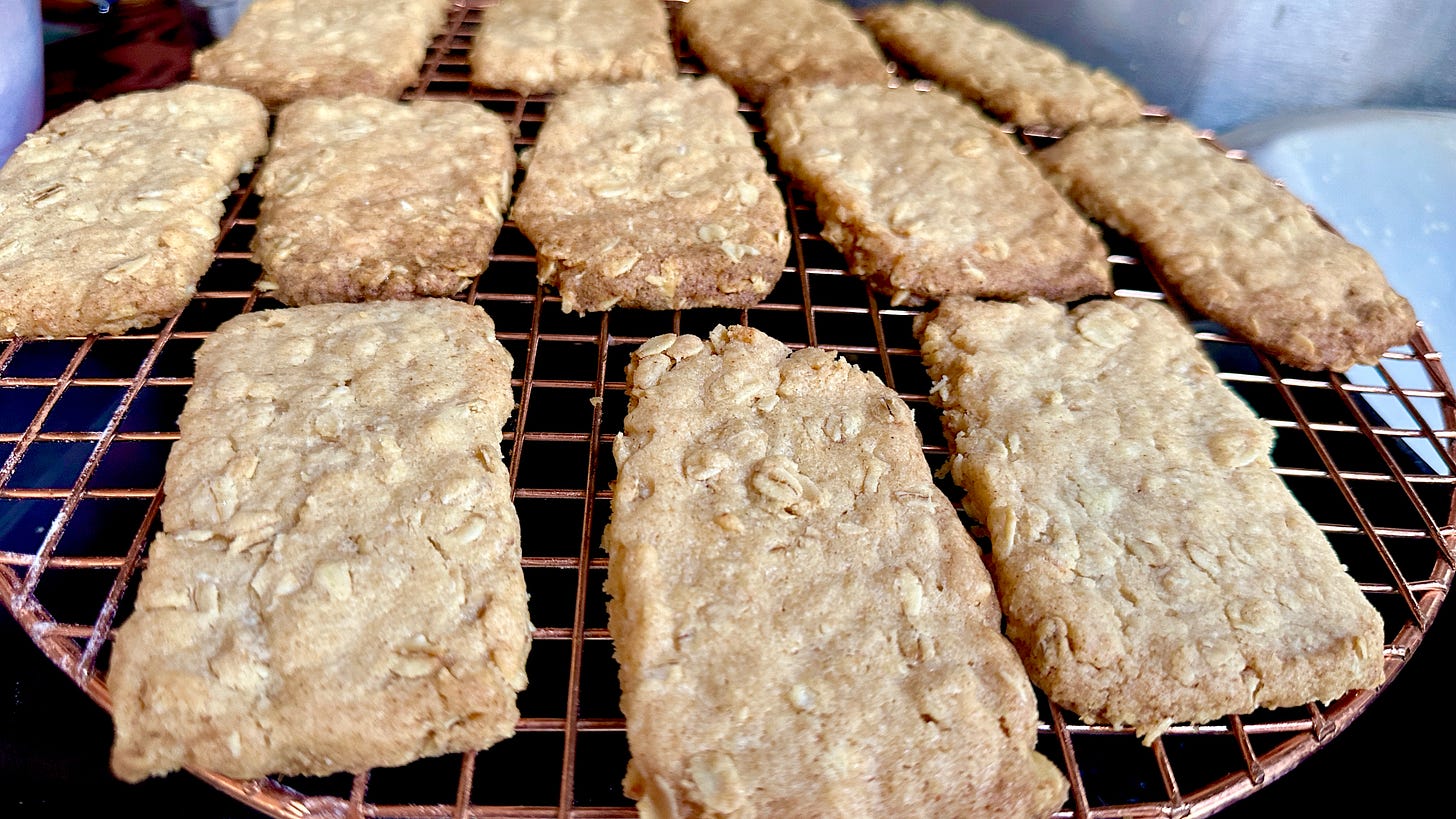


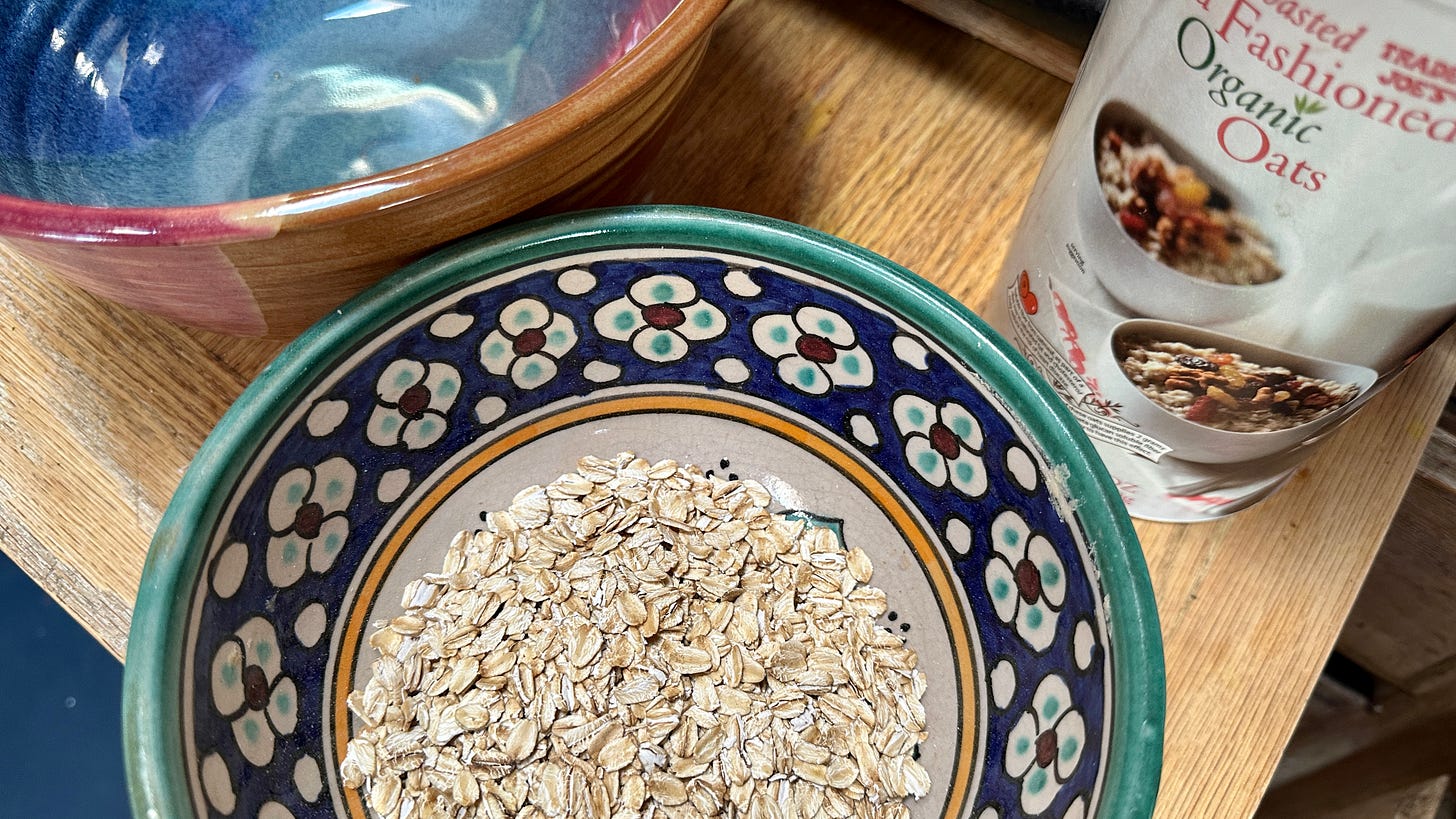
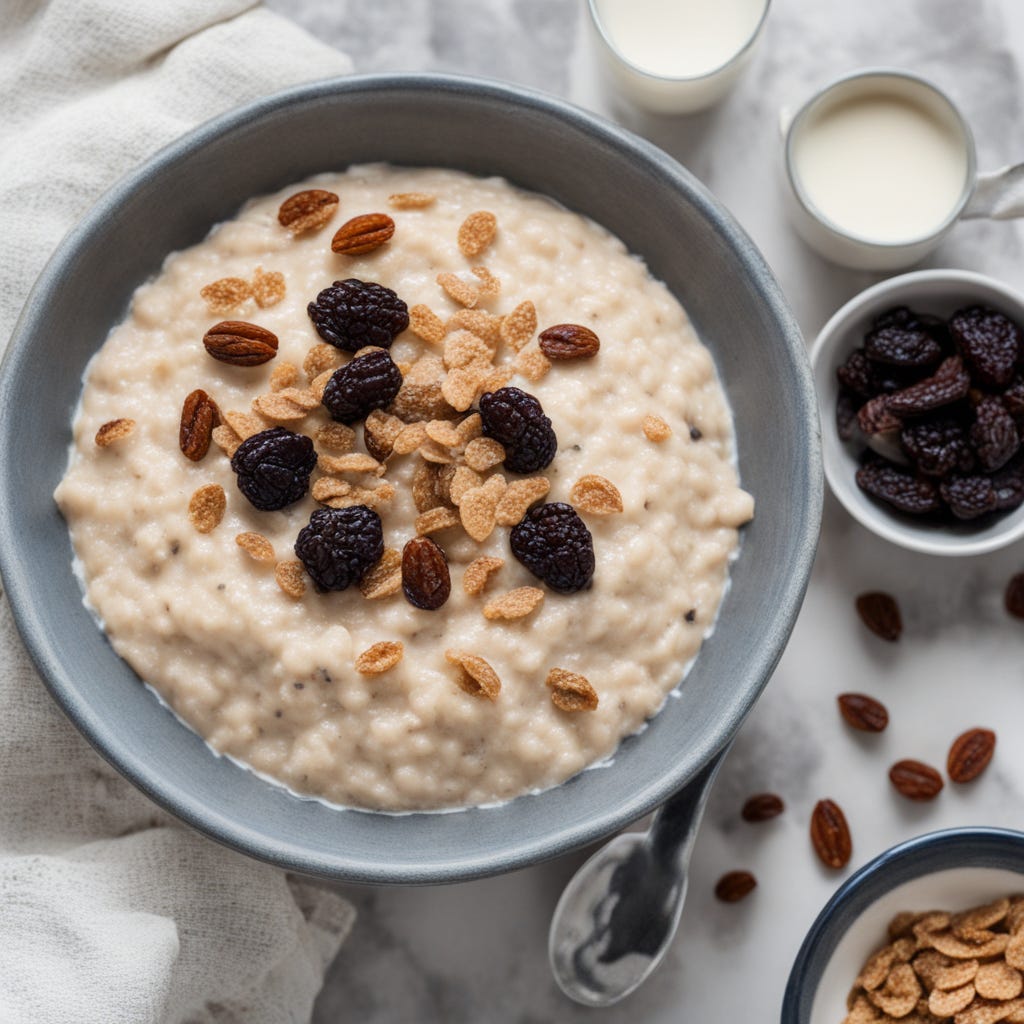
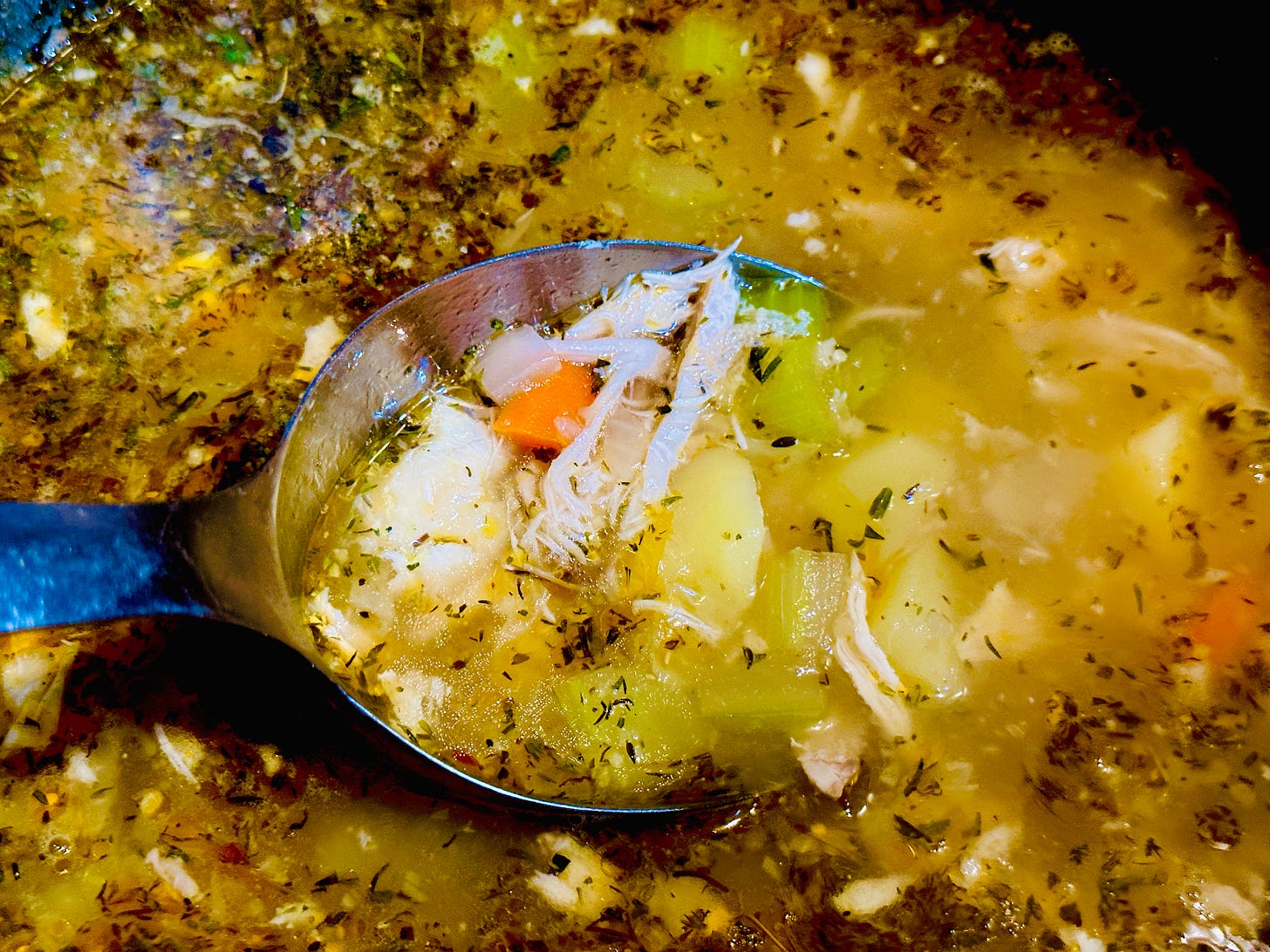

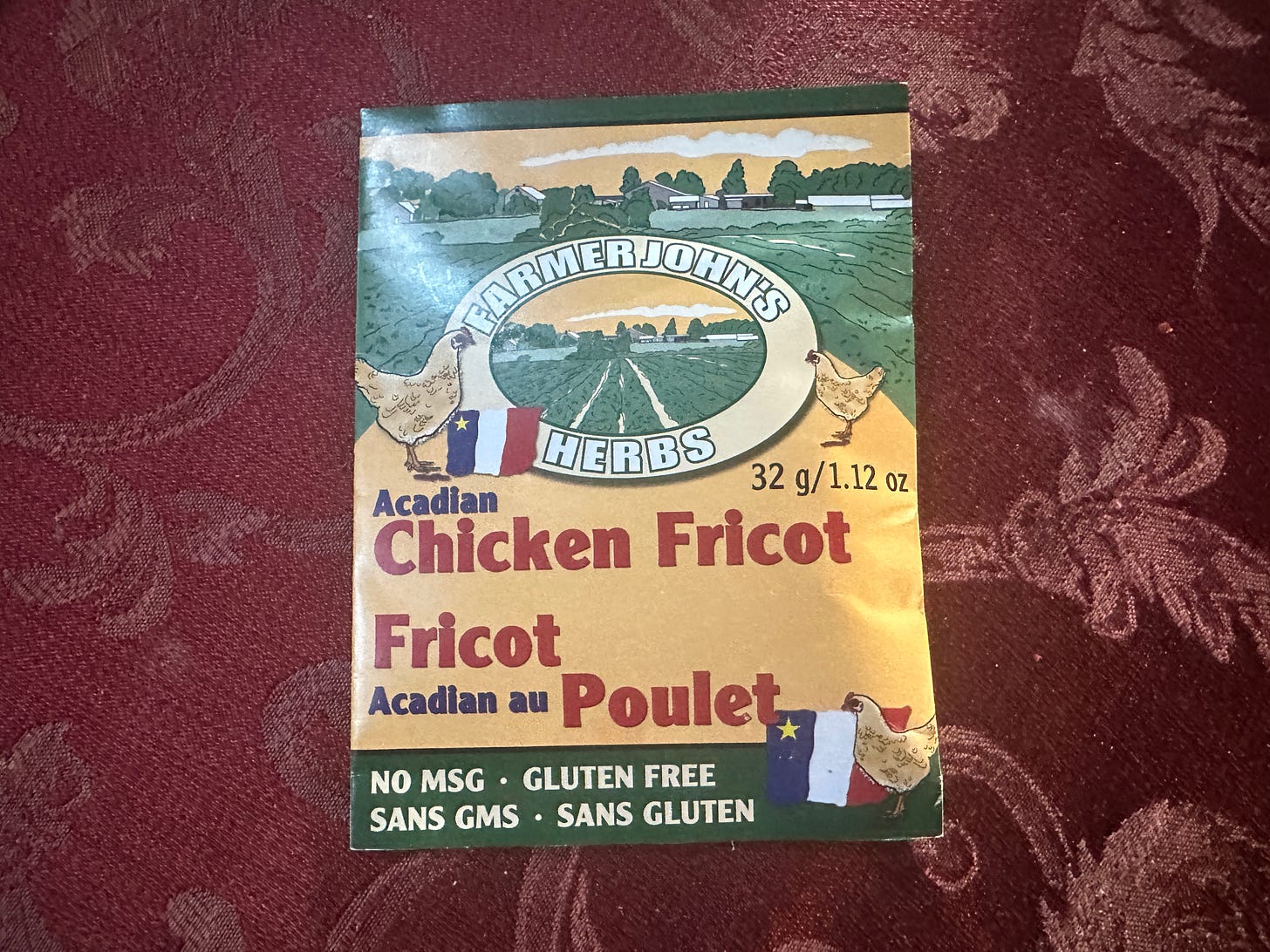
A nice mix of food, travel and history. Interesting that Acadian food is quite bland. It is a testament to the value of the melting pot and what mixing Acadians, Spanish, African Americans and Natives can yield. Makes a great gumbo and starts with a roux!!! We're better off all mixed together :)
Marg from Gosford Australia has shared your post and I was most interested to read about your travels in Nova Scotia. We lived in Canada for a year in 1998 and travelled out to the Maritimes including Cape Breton and Prince Edward Island - such beautiful country with a fascinating history and brilliant music. We also have a Scottish Grandmother so another thing in common.